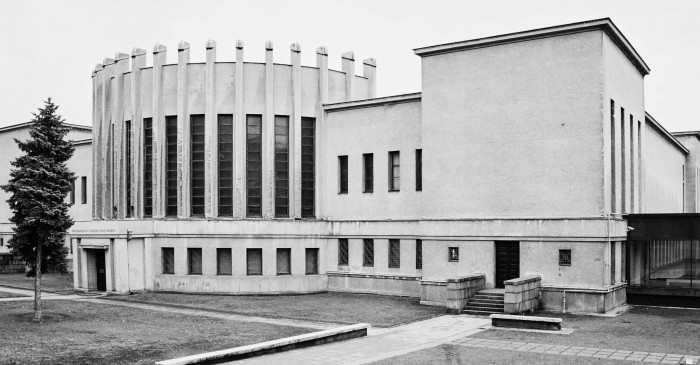
Architecture of interwar Kaunas
Floor
16.01. – 09.03.2014
Architecture of interwar Kaunas represents an important chapter in the history of modern architecture in the Baltics. During two decades Kaunas was the capital of Lithuania, thus developing from a marginal provincial town into an important architectural centre of the region, which was following the modern architecture of interwar Europe and interpreting it in local context. The interwar architects were an example to follow for later generations of Lithuanian architects, either as lecturers during Soviet-era or for providing a point of reference with Lithuanian professional architecture culture for even younger architects.
Thematically the exhibition is divided into two parts – public buildings (banks, clinics, churches, office buildings etc.) and housing architecture (apartment buildings, villas). The big and important projects like the Museum of Vytautas the Great (1930–1936) and Church of the Resurrection (1933–1940) built in the 1920s and 1930, as well as the compact stylish apartment buildings are still characterising the current cityscape of Kaunas, thus creating a consistent milieu in the heart of Kaunas. The exhibition shows 40 objects with new high quality photographs and plans.
Authors: Gintaras Balčytis, Jolita Kančienė, Gintaras Česonis, Asta Prikockienė, Mykolas Drunga and Gediminas Saulis
Exhibition in Tallinn: Mait Väljas, Sandra Mälk and Kristo Kooskora (Museum of Estonian Architecture)
Supporters: Cultural Endowment of Estonia, Lithuanian Embassy in Estonia


